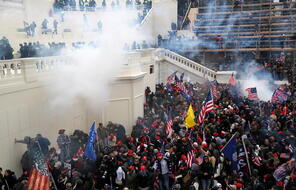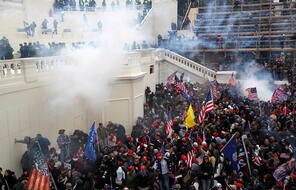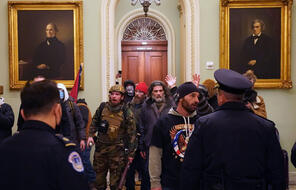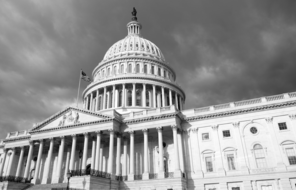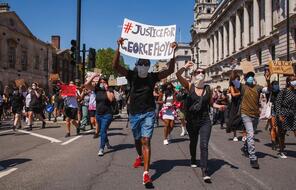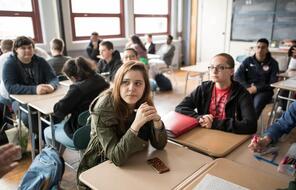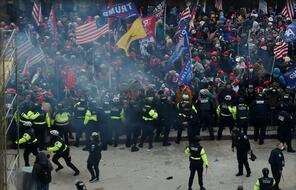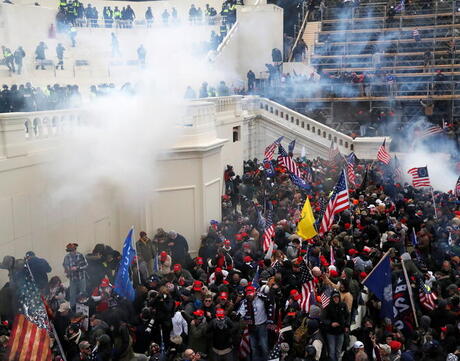
Mob Violence, Human Behavior, and the Capitol Insurrection
At a Glance
Language
English — USSubject
- Civics & Citizenship
- History
- Social Studies
Grade
6–12- Democracy & Civic Engagement
Overview
About This Mini-Lesson
On January 6, 2021, more than 2,000 people illegally broke into the US Capitol building in an attempt to stop Congress from certifying the results of the 2020 presidential election. The attack on the Capitol took place following a rally in which former president Trump and several other politicians spread false claims that the election was fraudulent. Five people died during or immediately after the attack.
Current research suggests that only around 10% of the participants in the insurrection had connections to extremist groups, such as the Proud Boys or the Oath Keepers. According to a Washington Post analysis, “the vast majority of the roughly 650 people federally charged in the riot were not part of far-right groups or premeditated conspiracies to attack the Capitol. Rather, many were an array of everyday Americans that included community leaders, small-business owners, teachers and yoga instructors.”
This mini-lesson asks students to consider why so many people, including those who apparently had no plans to commit violence, participated in the Capitol insurrection, and it invites students to reflect on how even seemingly small choices that individuals make can contribute to larger acts of injustice and violence.
Activities
Activities
Materials and Downloads
Resources from Other Organizations
Additional Resources
Unlimited Access to Learning. More Added Every Month.
Facing History & Ourselves is designed for educators who want to help students explore identity, think critically, grow emotionally, act ethically, and participate in civic life. It’s hard work, so we’ve developed some go-to professional learning opportunities to help you along the way.
Exploring ELA Text Selection with Julia Torres
On-Demand

Working for Justice, Equity and Civic Agency in Our Schools: A Conversation with Clint Smith
On-Demand

Centering Student Voices to Build Community and Agency
On-Demand


